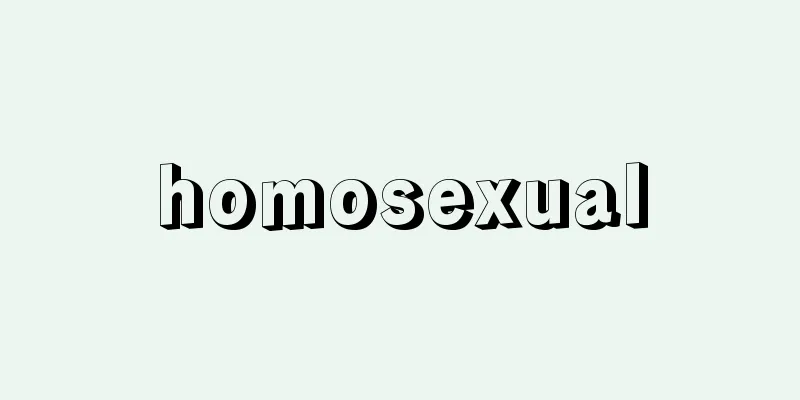Dosojin - Roadside god

|
He is also called Saenokami or Dorokujin, and is written as Saeno-okami, Chimata-no-kami, Kunado-no-kami, and Michi-no-kami. He is sometimes associated with Sarutahiko-no-mikoto and Izanagi-Izanami-no-mikoto. He is considered to be the god of boundaries and roads, but is also considered to be the god of defense, disaster prevention, matchmaking, and marital harmony. There are places where a village or a region worships separate gods such as Dosojin, Sae-no-kami, and Dorokujin, showing strong regional differences. He is worshiped at mountain passes, village boundaries, forks in the road, and crossroads, but he may also be worshiped at shrines. The object of worship is often a stone, and in addition to natural stones, round stones, and Yin-Yang stones, there are also ones with the name or statue of the god carved into them. There are some with two carved male and female deities mainly in the Chubu region, and these are typical of Dosojin monuments, along with round stones mainly in Yamanashi Prefecture and single round carved statues in the Izu region. There are also places where huge straw or wooden dolls are enshrined as deities. These are placed at the borders of regions and villages to ward off epidemics, evil spirits, and other misfortunes that come from outside. They often appear in classics, and two wooden dolls, male and female, were enshrined at crossroads in Kyoto during the Heian period. Even if no deity statues were enshrined, there has long been a custom of travelers and passersby offering offerings or chopping off brushwood at mountain passes and village borders. The border is not only a geographical one, but is also considered to be the boundary between this world and the next, and is linked to Jizo faith. Festivals for Dosojin are sometimes held in villages or small areas by groups or groups, but they are often combined with the fire festival of Little New Year and are celebrated by children's groups. In the Shinetsu region, each household makes a pair of small wooden dolls, which are enshrined in a Shinto altar and then sent to a Dosojin monument or burned in a fire festival. In some places, people also go to pray on February 8th or December 15th, pulling straw horses. Some of these festivals have legends about the origins of the festivals, such as the coming and going of evil spirits and protection from them, and the coming and going of Dosojin. In the Chubu and Kyushu regions, the origins of the rituals are also said to be linked to incest. [Tadahiko Kuraishi] Source: Shogakukan Encyclopedia Nipponica About Encyclopedia Nipponica Information | Legend |
|
サエノカミ、ドーロクジンなどといったり、塞大神(さえのおおかみ)、衢神(ちまたのかみ)、岐神(くなどのかみ)、道神(みちのかみ)などと記されたりもする。猿田彦命(さるたひこのみこと)や伊弉諾・伊弉冉尊(いざなぎいざなみのみこと)などにも付会していることがある。境の神、道の神とされているが、防塞(ぼうさい)、除災、縁結び、夫婦和合などの神ともされている。一集落あるいは一地域において道祖神、塞神(さえのかみ)、道陸神(どうろくじん)などを別々の神として祀(まつ)っている所もあり、地域性が濃い。峠、村境、分かれ道、辻(つじ)などに祀られているが、神社に祀られていることもある。神体は石であることが多く、自然石や丸石、陰陽石などのほか、神名や神像を刻んだものもある。中部地方を中心にして男女二体の神像を刻んだものがあり、これは、山梨県を中心にした丸石、伊豆地方の単体丸彫りの像とともに、道祖神碑の代表的なものである。また、藁(わら)でつくった巨大な人形や、木でつくった人形を神体とする所もある。これらは地域や集落の境に置いて、外からやってくる疫病、悪霊など災いをなすものを遮ろうとするものである。古典などにもしばしば登場し、平安時代に京都の辻に祀られたのは男女二体の木の人形であった。神像を祀っていなくても、旅人や通行人は峠や村境などでは幣(ぬさ)を手向けたり、柴(しば)を折って供えたりする風習も古くからあった。境は地理的なものだけではなく、この世とあの世の境界とも考えられ、地蔵信仰とも結び付いている。 道祖神の祭りは、集落や小地域ごとに日待ちや講などで行われることもあるが、小(こ)正月の火祭りと習合し、子供組によって祭られることが多い。また、信越地方では家ごとに木で小さな人形を一対つくり、神棚に祀ったあと道祖神碑の前に送ったり、火祭りに燃したりする所もある。このほか2月8日あるいは12月15日に藁馬を曳(ひ)いてお参りに行く所もある。これらの祭りには、厄神の去来とその防御、道祖神の去来など、祭りの由来についての説話が伝えられていることがある。また中部地方や九州地方などで、祭祀(さいし)の起源を近親相姦(そうかん)と結び付けて語る所もある。 [倉石忠彦] 出典 小学館 日本大百科全書(ニッポニカ)日本大百科全書(ニッポニカ)について 情報 | 凡例 |
>>: Homologous series - dodokuretsu (English spelling)
Recommend
Apomixis - Apomixis
A type of asexual reproduction. Normally, sporophy...
Taney, Roger Brooke
Born March 17, 1777 in Calvert, Maryland Died: Oct...
Hysteresis
Also known as hysteresis. The magnitude of magneti...
The prohibition of false education
This incident occurred during the Qingyuan era (11...
Amida Faith - Amida Faith
…Kannon and Seishi are his attendants. [Sadakata ...
Torai Sanna
Year of death: 25th January 1810 (28th February 18...
Begging for forgiveness
…From this time on, each tribe began to adopt a h...
Angel Dust
...In the United States, the most common emergenc...
World Wide Wrestling Federation
…Wrestling's popularity in the United States ...
Casino Foley
This light theater troupe was founded in 1929 at t...
Salix sieboldiana (English spelling) Salixsieboldiana
…[Tetsuichi Yahara]. … *Some of the terminology t...
Hirooka Kyuemon - Hirooka Kyuemon
This was the nickname of the successive heads of t...
Mount Kamurosan
A mountain on the border between Yuzawa City, Akit...
Ectomycorrhizae - Gaikinkon
Mycorrhizae are fungi that grow mainly in the tiss...
Sejournet, J.
…For these reasons, hot extrusion of steel, which...









